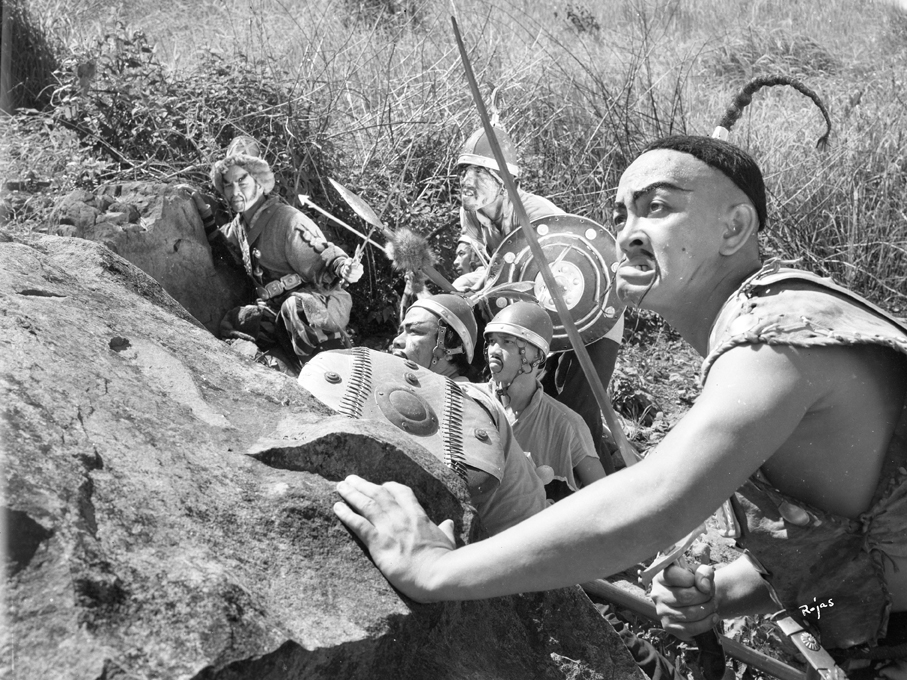ArtReview sent a questionnaire to artists and curators exhibiting in and curating the various national pavilions of the 2015 Venice Biennale, the responses to which will be published daily in the lead-up to the Venice Biennale opening.
Patrick D. Flores is the curator of the Filipino pavilion. The pavilion is in the European Cultural Centre – Palazzo Mora, Strada Nuova 3659.
What can you tell us about your exhibition plans for Venice?
The Philippine Pavilion pivots around a Philippine film titled Genghis Khan done in 1950 and screened in the Venice Film Festival and the Museum of Modern Art in New York in 1952. Around it, there will be installations in conversation on the history of worldmaking and the current problem of the contested waters in South China Sea.
Are you approaching this show in a new way as to how you would a normal exhibition?
Yes. Venice is a platform; the Pavilion is a distinct articulation of that platform. But I don’t believe in a hierarchy of platforms. For me, I curate exhibitions in relation to their specific demands and potentials, and limits, too. Venice has its particularities as a format and so I engage with them with equivalent curiosity and intensity as I would with other formats.
What does it mean to curate an exhibition representing your country? Do you find it an honour or problematic?
I am problematically honoured. Or, better to say, honoured with this problem. It’s always tricky to sort out an engagement or relationship with modes of collective identification or belonging that might be characterised as national. It’s a challenge and I integrate the challenge within the aesthetic of the Pavilion itself. I have also envisioned as many afterlives for the Pavilion as possible: that it does not terminate in Venice as a singular spectacle.
How are you approaching addressing the different audiences who come to Venice – the masses of artworld peers, artists, gallerists, curators and critics concentrated around the opening and the general public who come through over the following months?
It’s difficult to speculate on possible reception. But I’d like the Pavilion to initiate a conversation on the delicate concept of worldmaking in the deep past and the current life world.
What are your earliest or best memories of the biennale?
I saw only one, 2003, when I went with Philippine artists who were in the Arsenale.
You’ll no doubt be very busy, but what else are you looking forward to seeing?
I am a great admirer of Okwui Enwezor’s work. He’s my hero in many ways. So I look forward to seeing his exhibition.
How does a having a pavilion in Venice affect the art scene in your home country?
It will prompt government to do its part in fostering a proper ecology for contemporary it. It will stimulate aspirations, even ambitions, in the art scene. It will offer possibilities and a possible imaginative framework for art and curation.
Read all responses to the Venice Questionnaire 2015 edition published so far
Read all 30 responses to the Venice Questionnaire 2013 edition
Online exclusive published on 26 April 2015.
